I am attempting to display a linear model for low x values and a non-linear model for higher x values. To do this, I will use DNase as an example:
library(ggplot2)
#Assinging DNase as a new dataframe:
data_1 <- DNase
#Creating a column that can distinguish low and high range values:
data_1$range <- ifelse(data_1$conc <5, "low", "high")
#Attempting to plot separate lines for low and high range values, and also facet_wrap by run:
ggplot(data_1, aes(x = conc, y = density, colour = range)) +
geom_point(size = 0.5) + stat_smooth(method = "nls",
method.args = list(formula = y ~ a*exp(b*x),
start = list(a = 0.8, b = 0.1)),
data = data_1,
se = FALSE) +
stat_smooth(method = 'lm', formula = 'y~0+x') +
facet_wrap(~Run)
However, as you can see, it seems to plot both the linear model and the non-linear model for both, and I can't quite figure out where to put information that would tell it to only plot one for each. Also, if possible, can I extend these models out to the full range of values on the x axis?

